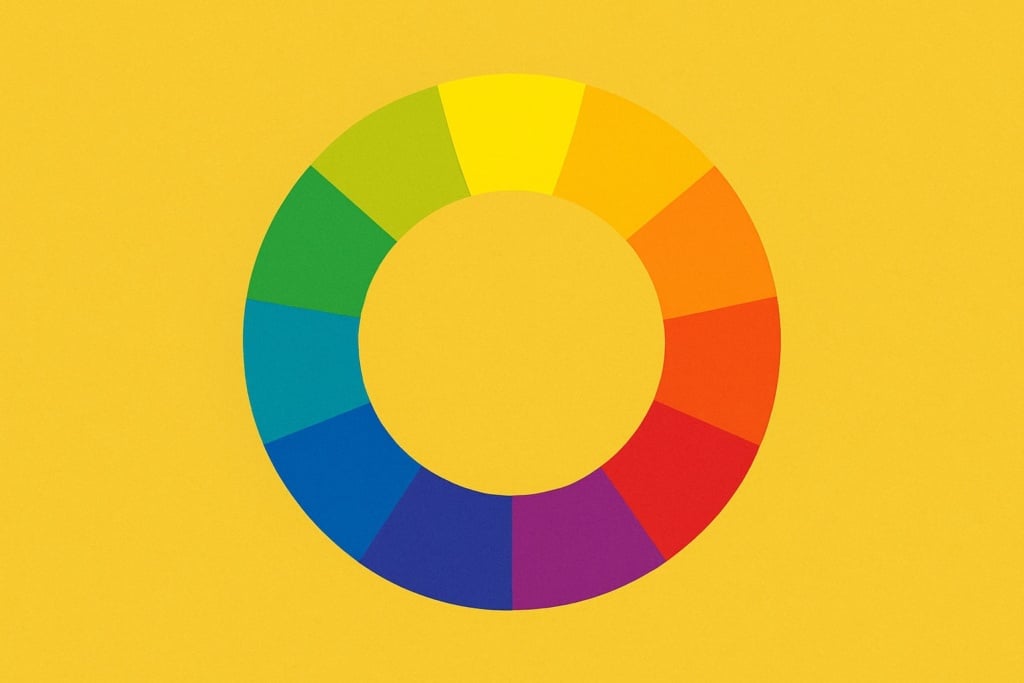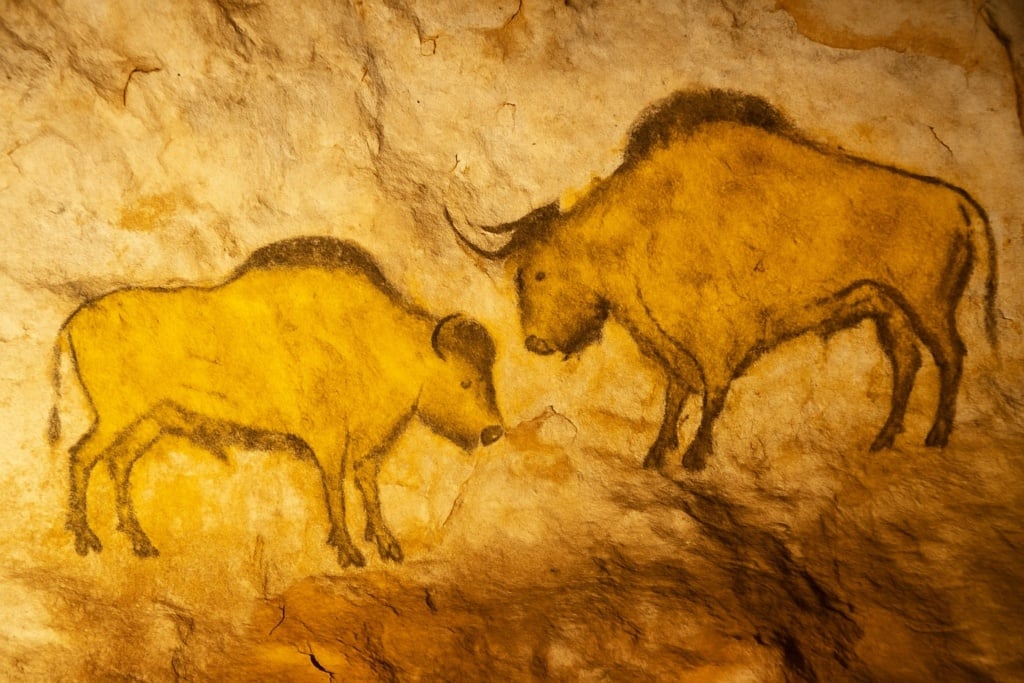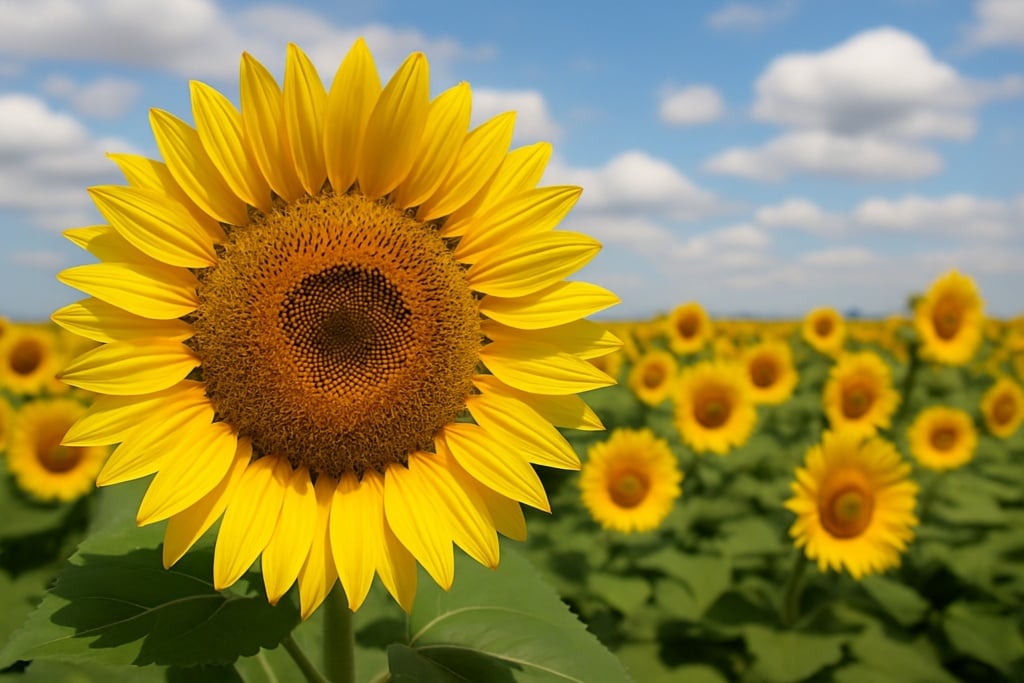Table of Contents
The colour of the sun, gold, sunflowers and sticky notes. The colour yellow is one of the most vibrant and controversial in the colour spectrum: it evokes light and energy, but also deception and ambiguity. Throughout history, it has sparked strong emotional reactions, shifting between radiant optimism and darker symbolism.
In this article, we’ll explore the meaning of the colour yellow, its history, cultural and spiritual associations, and a few fun facts you may not know.

What kind of colour is yellow?
Yellow is one of the three primary colours in the subtractive model (alongside cyan and magenta), and it is perceived by the human eye as a bright, warm tone — the closest to sunlight. In physical terms, it sits between 570 and 590 nanometres on the visible spectrum.
Yellow is commonly associated with:
- energy and vitality
- happiness and optimism
- alertness and warning (just think of road signs)
- creativity and intuition
But yellow isn’t always so “sunny”: in many cultures, it’s also a symbol of envy, betrayal and hypocrisy.
Yellow colour codes
- RGB: 255, 255, 0
- HEX: #FFFF00
- Pantone: one of the most well-known is Pantone 13-0647 Illuminating, chosen as Colour of the Year 2021 alongside Ultimate Gray

Yellow in human history
Yellow is one of the oldest colours used by humans. In the Lascaux cave paintings in France, yellow ochre pigments were used to depict animals and scenes from daily life.

In Ancient Egypt
Yellow was the colour of eternity and the gods. Deities were often portrayed with golden skin as a symbol of immortality. Gold — viewed as “solid yellow” — held great spiritual and symbolic value.
In Ancient Rome
Yellow took on more earthly meanings: Roman brides wore a yellow veil called flammeum, symbolising fertility and light. At the same time, yellow garments were worn by prostitutes, creating a duality that stuck for centuries.
In the Middle Ages
Yellow lost much of its status: it became associated with betrayal (Judas Iscariot was often painted wearing yellow) and dishonesty. In certain contexts, it was also used to mark marginalised groups, reinforcing discrimination.
From the Renaissance to the modern era
Yellow regained prestige during the Renaissance: artists used gold to represent sacredness and luxury. In portraiture, golden clothing denoted wealth and social status. In the 18th century, yellow was favoured in aristocratic fashion and interior design. By the 19th century, it featured prominently in military uniforms and public signage.
Yellow in spirituality and symbolism
As with many intense colours, yellow carries a wide range of symbolic meanings across cultures.
- In Eastern cultures, yellow is sacred. In ancient China, it was the colour of the emperor — a sign of supreme power and divine connection. Even today, it represents honour and prosperity.
- In Buddhism, yellow symbolises humility, renunciation and spirituality. Monks often wear robes dyed in warm saffron tones.
- In Christianity, yellow was historically associated with sin, cowardice and betrayal.
Yellow in pop culture
Despite its complex past, yellow has earned a central place in pop culture. Why? Because it demands attention, conveys energy and leaves a lasting impression.
Art and design
- Vincent Van Gogh is perhaps the artist most famously associated with yellow. Think of his iconic Sunflowers, or Wheatfield with Crows — works bursting with intensity, vibrance and emotion.
- In contemporary design, yellow is often used in bold visual identities, energetic logos and eye-catching packaging.
Film, music and fashion
- The Simpsons: the world’s most recognisable cartoon family is yellow, chosen for high contrast and instant recognisability.
- Kill Bill: Uma Thurman’s legendary yellow jumpsuit is an homage to martial arts cinema and fierce determination.
- In music, yellow pops up in songs like Coldplay’s “Yellow”, or on psychedelic album covers like Electric Ladyland by Jimi Hendrix.
- In fashion, yellow is a recurring trend — especially in summer collections and retro revivals from the ’60s and ’90s. Worn with confidence, it signals charisma and boldness.

Yellow in nature
Yellow is everywhere in the natural world: it’s the colour of the sun, autumn leaves, juicy fruits like lemons and bananas, and flowers like the sunflower, mimosa and daffodil. It’s no surprise that it’s one of the first colours children learn to recognise.
In animals like frogs, bees and snakes, yellow often acts as a warning signal, alerting predators to danger or toxicity — a powerful example of how nature uses colour to communicate.

Fun facts about yellow
- Yellow is the most visible colour from a distance, which is why it’s used in warning signs and school buses.
- In marketing, it’s associated with cheerful, accessible brands — but too much yellow can trigger feelings of anxiety.
- Some people experience chromatic synaesthesia, associating yellow with high-pitched sounds or flutes.
- The flag of Vatican City is one of the few national flags to feature yellow as a primary colour, symbolising purity and spirituality.

The colour yellow: between energy and signage
Light, ambiguity, energy, caution. The colour yellow is all this and more. It can be warm and welcoming, but also unsettling and intense. It’s a colour full of contradictions — and that’s exactly what makes it so fascinating to artists, designers, psychologists and thinkers across the ages.
What about you? How do you feel about yellow? Does it lift your spirits or make you raise an eyebrow? Let us know in the comments!

